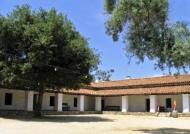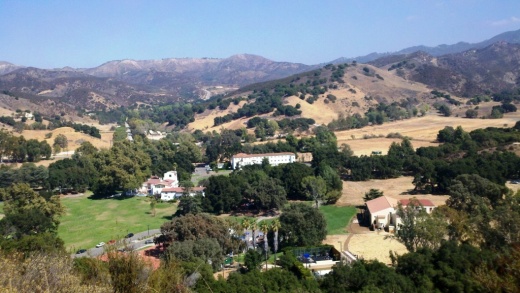Stagecoach Inn Museum - Newbury Park
/The Stagecoach Inn Museum is a replica of a Monterey style inn, the 1876 Grand Union Hotel. The complex also includes a Chumash Indian village, an early California adobe, a pioneer house and a few other buildings. There is a nice park adjoining the property along with nature trails and a stream that make this a nice place to bring the entire family.
Spanish Adobe structure at Stagecoach Inn is a replica of housing that would be seen in the Conejo Valley in the early 1800s.
The Stagecoach Inn Museum is State Historical Landmark No. 659. The original structure was destroyed by fire in April 1970 but has been rebuilt and relocated. It was originally located at the corner of what is now Ventu Park Road and the Highway 101, where a historical marker has been placed.
The Stagecoach Inn is located at 51 South Ventu Park Road, Newbury Park. Call 805.498.9441 or visit www.stagecoachinnmuseum.com for more information. As of September 2021, the museum is open from 1 pm to 4 pm on Wednesdays and Saturdays. Admission is $7 per adult and $5 per child. Special event pricing and hours may vary.














































